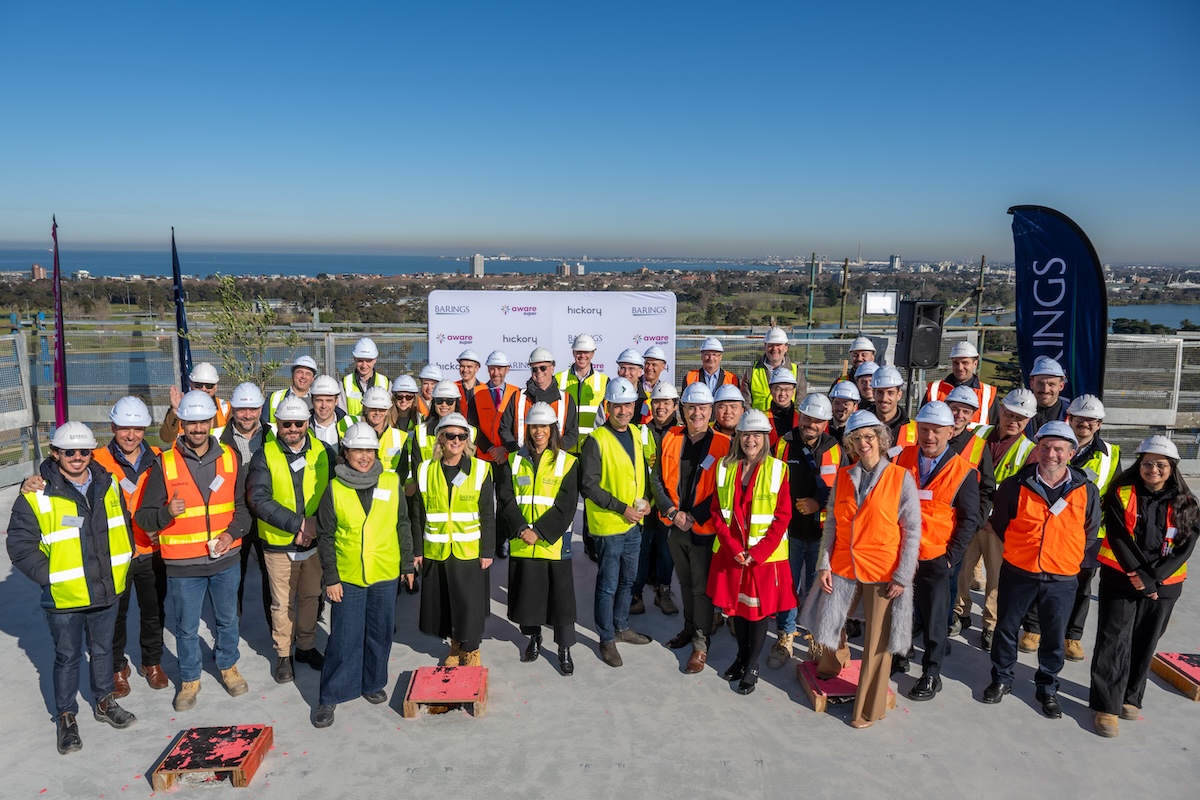Andy Jones of LRG says BTR will fall short of its potential unless the disconnect between developers and those shaping policy on the ground is addressed.
Build to Rent (BTR) is an increasingly important part of the housing mix. Over 127,000 homes have now been delivered through the model (BPF), with investment activity up by 40 per cent in Q1 2025 alone. BTR is growing faster than any other housing tenure, accounting for 14 per cent of new accommodation in large cities (Centre for Cities) and increasingly seen as a critical contributor to meeting national housing targets.
But despite its rapid expansion and maturing offer, the BTR sector remains poorly understood by many of those it most needs to engage: MPs, councillors and local authority planners. It is no exaggeration to say that political misunderstanding has become one of the key obstacles to further growth.
The result is a disconnect between BTR developers and the people shaping policy on the ground. Unless this is addressed, the sector risks falling short of its potential – not just commercially but in its capacity to address a wide range of social and political priorities, from improving housing standards to revitalising urban areas.
A solution to political challenges
With housing never higher on the political agenda, BTR ought to be part of the solution. The government’s target of 1.5 million new homes over five years cannot be delivered through the traditional 70 per cent market/30 per cent affordable housing mix. A more realistic model, we believe, is one that incorporates BTR as a third pillar.
Single Family Housing (SFH) – an increasingly important sub-sector – is particularly well placed to help address the chronic undersupply in towns and suburban areas. SFH has grown from just two per cent of BTR deal volumes in 2020 to 43 per cent in 2024 (HomeViews Build to Rent Report 2025), and could play a key role in unlocking major new communities.
Yet many politicians still see BTR as either a niche investment product or a temporary fix for those priced out of ownership. In reality, BTR is a long-term housing solution offering high-quality, professionally managed homes that meet the needs of a growing and diverse rental population. It offers stability for families, choice for young professionals and a responsible alternative to the private rented sector.
And it brings benefits beyond the residents themselves. Well-designed BTR schemes help revitalise high streets, make good use of underutilised brownfield land and attract significant inward investment. The Association for Rental Living (ARL) Manifesto 2025/26 states that BTR has the potential to unlock £300 billion in long-term capital. In short, this is a sector with political and economic relevance far beyond its current footprint.
Misconceptions and missed opportunities
The problem lies partly in visibility. Despite a growing number of units in the planning process – (109,920 units: an increase of five per cent in the 12 months to Q1 2025, according to the BPF) BTR is still absent from many Local Plans. Half of London’s 35 local planning authorities make no reference to it in their adopted or emerging policies.
That omission creates real barriers. Without specific policies that reflect the characteristics of BTR, developers face delays and uncertainty. Issues such as unit size, parking requirements and heating systems are often assessed against build-for-sale benchmarks, despite having different design and operational needs.
Some councillors remain wary of BTR altogether, fearing it brings transient residents with limited voting power. Others struggle to see the electoral upside of supporting a tenure not directly linked to home ownership.
Such views fail to recognise how BTR is reshaping the private rented sector, particularly as traditional landlords leave the market. In Manchester, nearly a quarter of private rented homes are now BTR. Across the UK, BTR’s share is rising as individual buy-to-let retreats. The sector is not taking demand from buyers, but meeting it where ownership is increasingly unaffordable or undesirable.
The need for political education
There is real appetite in the sector to build more, faster. The ARL’s ambition is to deliver 30,000 BTR homes per year – and industry leaders believe that number could be comfortably doubled if only more planners, MPs and investors understood the model and supported it accordingly.
The newly launched BTR Alliance, chaired by Labour MP Clive Betts and supported by the BPF and the ARL, is a promising step in this direction. Its goal is to promote BTR, protect consumers and foster public-private partnerships. Equally important is its role in educating policymakers about how BTR works and what it can achieve.
This is particularly urgent as new planning policies take shape. The introduction of new National Development Management Policies (NDMPs) presents a real opportunity to address the current policy vacuum and ensure BTR can compete on an equal footing with more familiar typologies. We urge the Secretary of State to include BTR among these policies and bring them forward at pace.
Unlocking the future of rental living
BTR is not just a stopgap. For many renters, it represents a long-term lifestyle choice. Survey data shows that although the majority of young adults still aspire to buy, their reasons for doing so – stability, control, quality of life – are already being delivered by BTR.
Meanwhile, the sector continues to push up standards. While non-decent homes remain stubbornly prevalent in the broader private rented sector, BTR consistently outperforms traditional stock. It is rated more highly by tenants than for-sale homes across key criteria, and is leading the way on energy efficiency, customer service and professional management.
In this light, the challenge is not whether BTR can help meet the UK’s housing needs, but whether we can create a policy environment that allows it to do so. That requires better education, clearer policies and more joined-up thinking between developers, investors and decision-makers.
BTR is ready and waiting to address the housing crisis. The question now is whether government – both national and local – is prepared to recognise its value and pull the lever.
Andy Jones is group director, corporate sales, letting & BTR at LRG (formerly Leaders Romans Group)
























